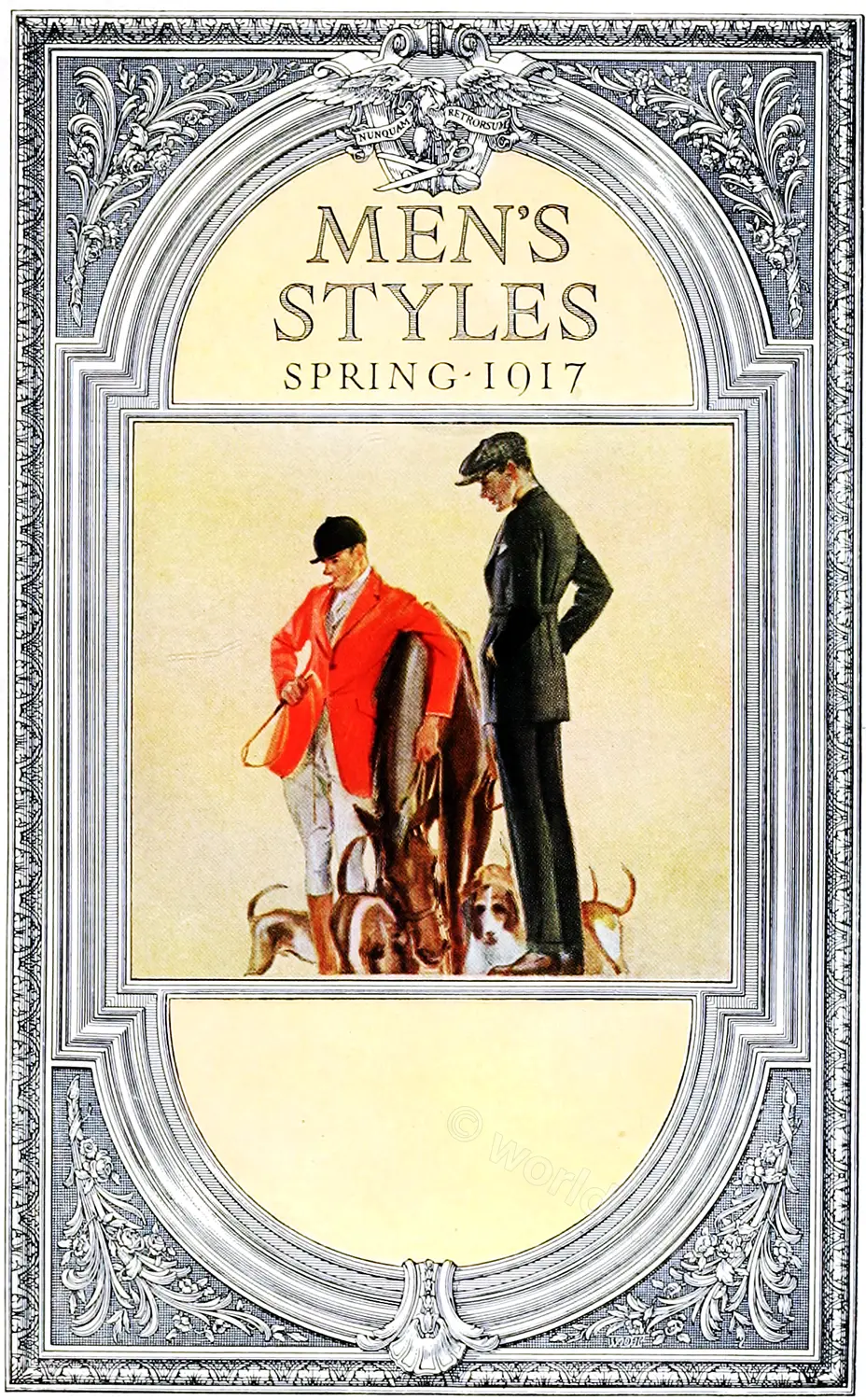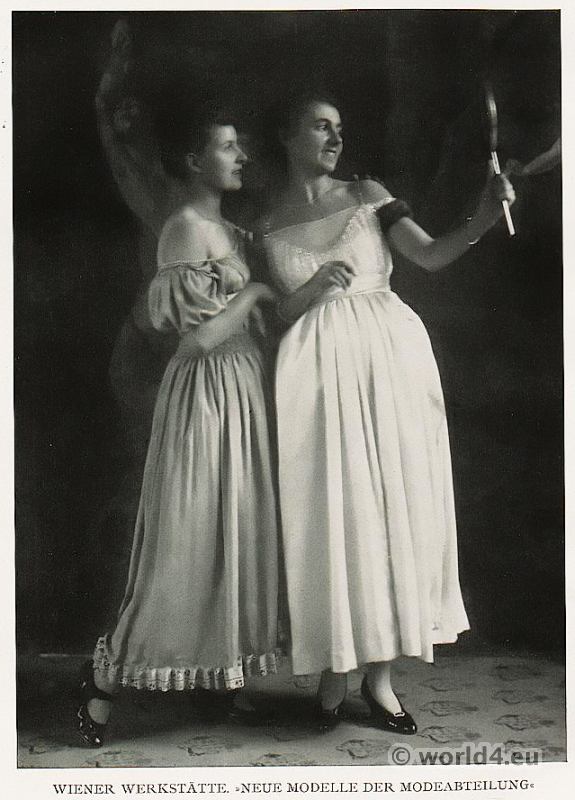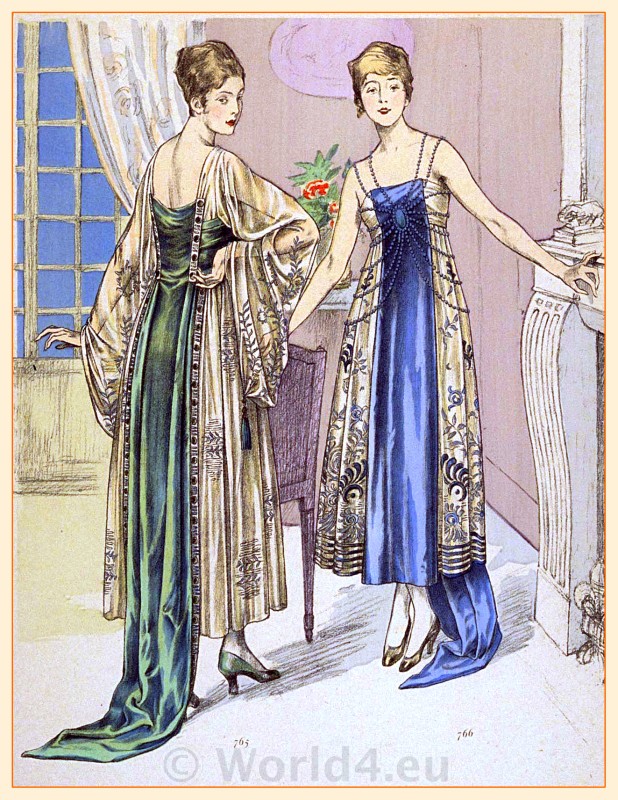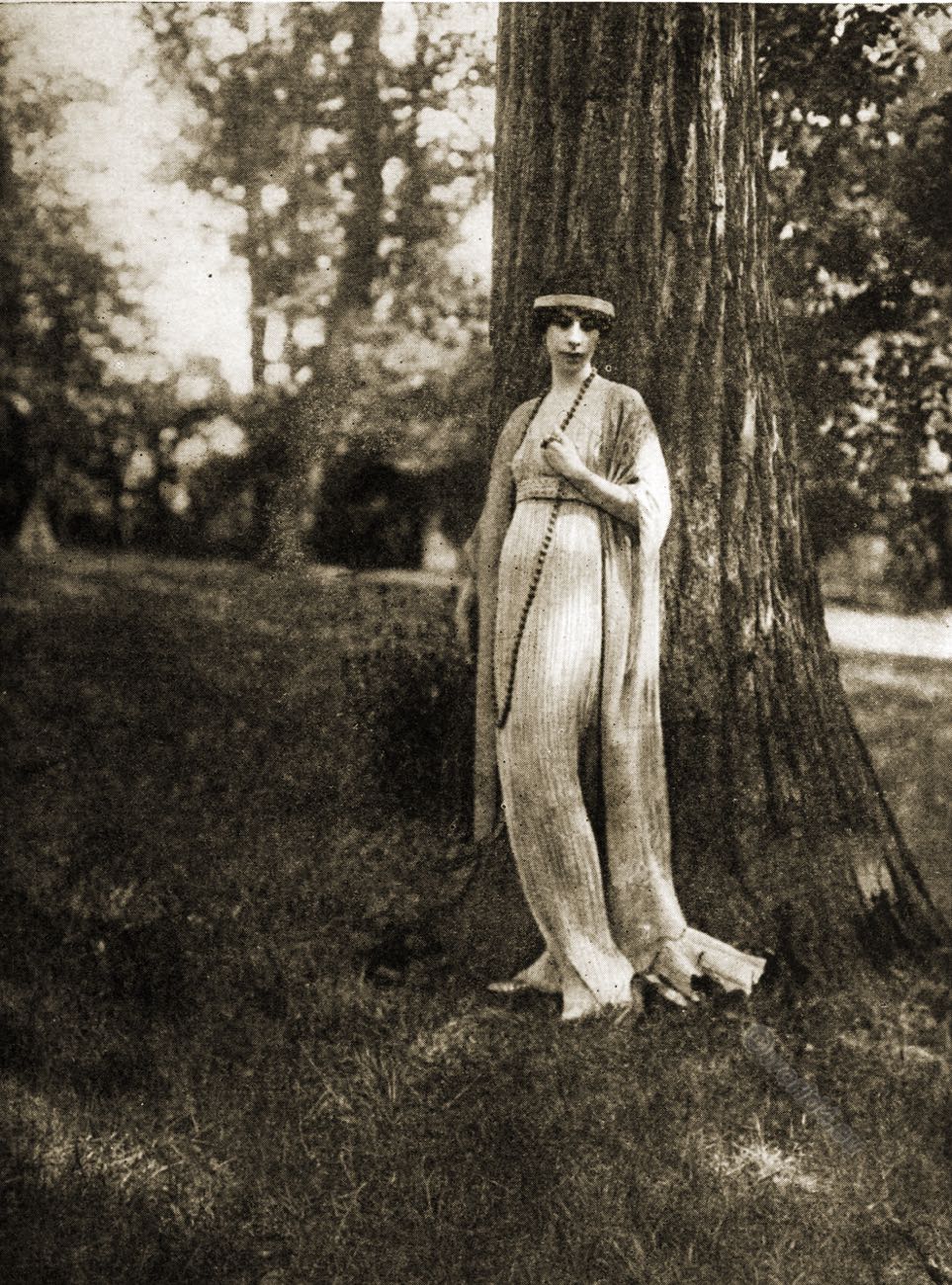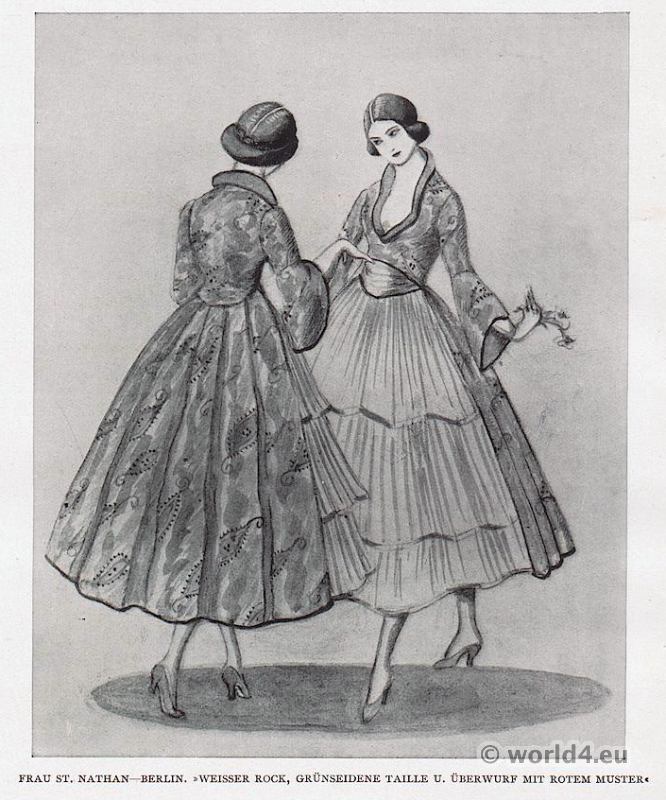CLAIRE AVERY
Feminism in art is rarely more completely illustrated than in the charming circular panel from a cover of Vogue on the over leaf.
When women first came into art and the art schools began to fill with girls about the time when the word stenographer ceased to indicate a man clerk and became a synonym for young woman, the members of the weaker sex (that irritating phrase) could not resist a tendency to work in heavy masses, over-thick lines and general splash and dash, to show that they were not merely man’s equal but his superior; to prove to the universe that they could Ije not only as strong and as bold in art as he, but that they could go him one better. All this has passed and now woman is quite content and even proud to be herself.
Miss Avery’s cover is not only a good cover but it is com- pletely feminine, so much so that, as extremes meet, it is almost masculine in its appreciation of the piquant young person who is having breakfast in bed with her black kitten, also having breakfast in bed. An original note is the dark mass back of the head and taste and decorative ingenuity are shown in all the details. The little drawing on this page from another issue of Vogue has distinction. It is also coloristic; we are apt to forget what a beautiful color black can be.
Miss Avery is from New York State, learned her trade at Pratt Institute and the Art Students’ League, and now lives in New York City. She has done some work for Marshall Field & Co., Chicago, but at present is drawing for Vogue.
Source: Some examples of the work of American designers by Dill & Collins Co; Joseph Moore Bowles (1865-1934). Philadelphia : Dill & Collins Co. 1918.
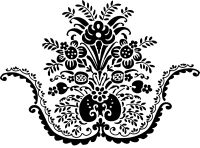
Discover more from World4 Costume Culture History
Subscribe to get the latest posts sent to your email.


